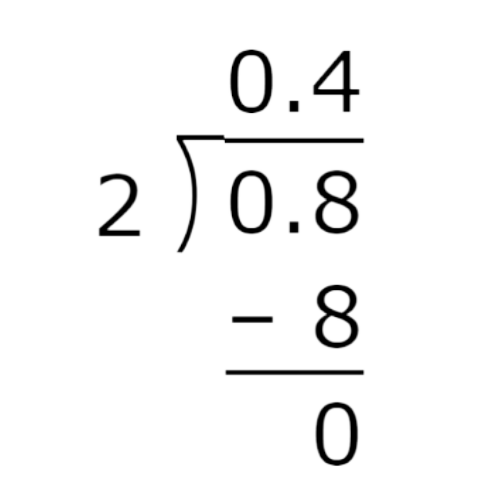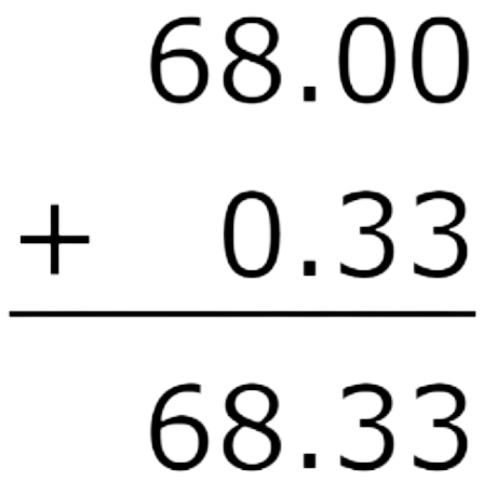Add, subtract, multiply and divide decimals: word problems
key notes :
| Understanding Decimals in Word Problems |
- Decimals represent fractions or parts of a whole.
- Common real-life examples include money, measurements, and scientific data.
- Carefully read the problem to determine what operation is needed.
| Addition of Decimals |
- Align decimal points before adding.
- Add digits column by column, starting from the right.
- Place the decimal point in the sum directly below the other decimal points.
- Example: A shopkeeper earns $12.75 in the morning and $8.50 in the afternoon. Total earnings?
12.75 + 8.50 = 21.25
| Subtraction of Decimals |
- Align decimal points before subtracting.
- Borrow if necessary, just like with whole numbers.
- Example: A rope is 5.6 meters long, and 3.45 meters is cut off. How much remains?
5.60 – 3.45 = 2.15
| Multiplication of Decimals |
- Ignore the decimal initially and multiply as whole numbers.
- Count the total decimal places in both numbers and place the decimal in the answer accordingly.
- Example: A watermelon costs $2.45 per kg. Find the cost of 3.2 kg.
2.45 × 3.2 = 7.84
| Division of Decimals |
- If the divisor is a decimal, move the decimal point to the right in both numbers until the divisor is a whole number.
- Divide as usual and place the decimal in the quotient.
- Example: A 9.6L juice bottle is shared among 4 friends. How much does each get?
9.6 ÷ 4 = 2.4L
| Real-Life Applications |
- Money Problems: Buying and selling items, discounts, and taxes.
- Measurement Problems: Length, weight, and capacity conversions.
- Time Problems: Calculating duration, speed, and rates.
Learn with an example
▶️ A chef bought 94.84 kilograms of almonds and 6.1 kilograms of pecans. How many kilograms of nuts did the chef buy in all?
Add the numbers of kilograms. Remember to line up the decimal points. You can write extra zeroes to make equivalent decimals.
9 4 . 8 4
+ 6 . 1 0
1 0 0 . 9 4
The chef bought 100.94 kilograms of nuts.
▶️ A land developer is splitting up 0.8 hectares of land to form 2 identical properties. What size will each property be?
________ hectares
Divide until there is no remainder.

Each property will be 0.4 hectares.
▶️ A chef bought 68 kilograms of almonds and 0.33 kilograms of pecans. How many kilograms of nuts did the chef buy in all?
Add the numbers of kilograms. Remember to line up the decimal points. You can write extra zeroes to make equivalent decimals.

The chef bought 68.33 kilograms of nuts.
Let’s practice!

